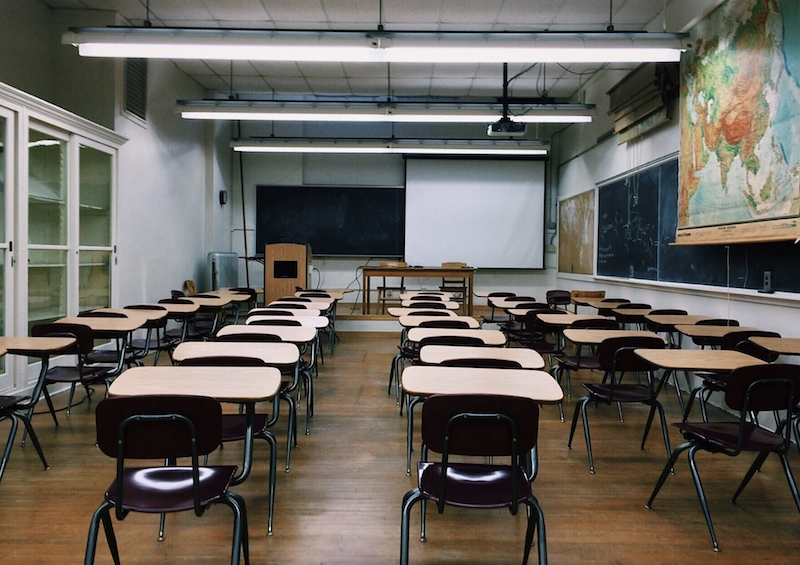A majority of school districts in the U.S. have taken measures to improve indoor air quality during the COVID-19 pandemic, according to a report from the Center for Green Schools at the U.S. Green Building Council and ASHRAE.
But many districts still have unmet needs, while facing high costs and outdated building infrastructure. “The results of the survey show that schools have implemented some protective measures to improve IAQ, prioritizing ventilation and filtration to reduce the transmission of the virus,” a USGBC news release says.
The report “provides a wide-scale, foundational framework to school leaders and lawmakers alike towards the implementation of new building design guidelines and to advance health and sustainability goals,” the release says.
The report’s findings include:
• School districts that have been able to act have leaned heavily on their mechanical systems, such as increasing air supply through HVAC systems or upgrading filters to implement protective air quality measures for students and teachers.
• Only two-thirds of respondents were regularly monitoring IAQ before the pandemic, indicating that providing time, staff, and funding for regular monitoring and data collection has not been a priority for many districts in the past.
• Respondents want to continue the measures implemented during the pandemic, citing student and teacher health. Seventy percent of school districts plan to continue some or all of the strategies they’ve implemented.
Related Stories
Codes and Standards | Feb 18, 2022
Proposal would make all new buildings in Los Angeles carbon-neutral
Los Angeles may become the next large city to ban fossil fuels from new construction if legislation recently introduced in the city council becomes law.
Codes and Standards | Feb 18, 2022
U.S. Army outlines ambitious renewable energy and decarbonization goals
Net-zero emissions in all procurements and a microgrid at every base among aims.
Codes and Standards | Feb 17, 2022
Pandemic won’t alter urban planning
City planners focused on returning to ‘old normal’.
Codes and Standards | Feb 16, 2022
California court rules affordable housing developers exempt from local zoning
Case could set precedent on state law that overrides local rules.
Codes and Standards | Feb 15, 2022
FORTIFIED resiliency standard expanded to include multifamily sector
Voluntary, beyond-code program aims to protect buildings from severe weather.
Codes and Standards | Feb 10, 2022
Number of Americans at risk of flooding to double in 30 years
Most new risk from new development, not climate change.
Codes and Standards | Feb 10, 2022
Intl. Code Council committee on diversity seeks applicants
New board aims to increase diversity in the membership association.
Codes and Standards | Feb 9, 2022
Climate impact of gas stoves in U.S. equal to half a million cars
New study could increase momentum to ban fossil fuels in new buildings.
Codes and Standards | Feb 7, 2022
Energy efficiency ratings not reflecting true energy use
Highest rated U.K. buildings are less efficient than lower rated ones.
Codes and Standards | Feb 3, 2022
Illinois tops USGBC list of states with the most LEED certified projects in 2021
Top 10 states plus D.C. certified more than 247 million gross square feet.

















